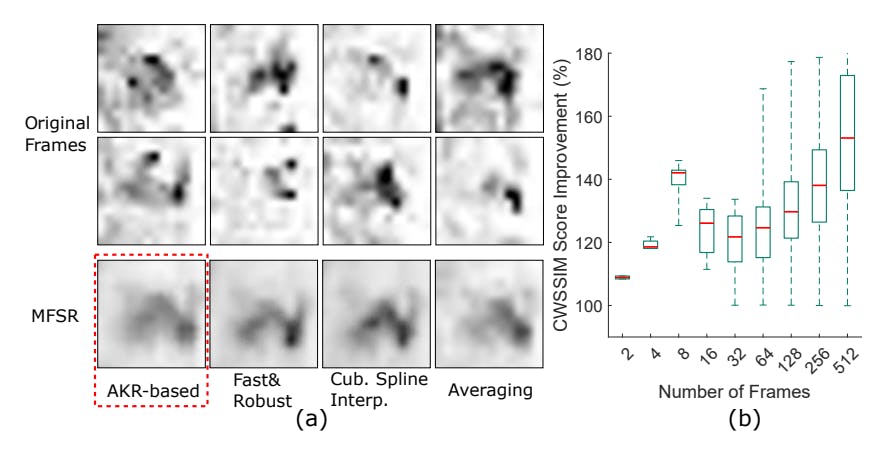
"In a feasibility test, we recognize single letters through reflections in glasses, noting that smaller pixels correlate with reduced recognition, emphasizing reflection pixel size's critical role."
"The webcam peeking threat model comprises three key components: reflection pixel size, viewing angle, and light signal-to-noise ratio, which collectively affect reflection image clarity."
The feasibility test reveals three essential components of the webcam peeking threat model: reflection pixel size, viewing angle, and light signal-to-noise ratio. A mathematical model quantifies the impacts of pixel size and viewing angle. Image distortions due to shot noise affect the light signal-to-noise ratio. Utilizing multi-frame super resolution may improve the clarity of reflections. The experiments utilized an Acer laptop with a built-in webcam and tested through BLB glasses at a specified distance, ultimately finding pixel size significantly influences the recognition of reflected characters.
Read at Hackernoon
Unable to calculate read time
Collection
[
|
...
]